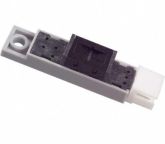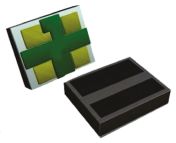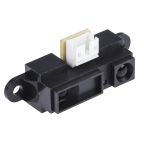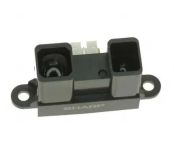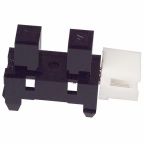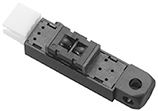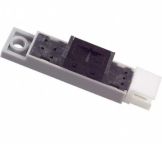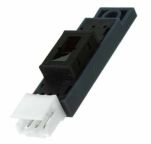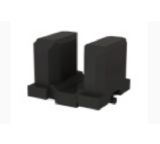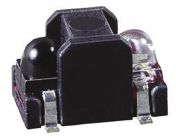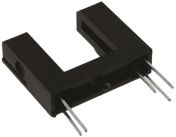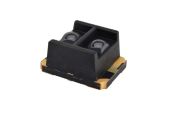Reflective Optical Sensors
Image sensors are devices that convert light waves or electromagnetic radiation that pass through or reflect off the object into a piece of information that constitutes an image. Image sensors are commonly used in photography and videography industries, for producing digital cameras, medical imaging equipment, night vision cameras, thermal imaging devices, radars, sonars etc. Image sensors are built from thousands of small light-sensitive cells that capture the light, recognise the colour and convert it into a digital signal. There are two main types of sensors on the market and they are CCD sensors and CMOS sensors.
CCD
In this sensor every light-sensitive cell is an analogue device. When light strikes the chip it is held as a small electrical charge in each photo cell. The charges in the line of pixels nearest to the (one or more) output amplifiers are amplified and output, then each line of pixels shifts its charges one line closer to the amplifier, filling the empty line closest to the amplifiers. This process is then repeated until all the lines of pixels have had their charge amplified and output.
CMOS
CMOS sensors are different in build from CCD sensors. CMOS image sensor has an amplifier for each pixel compared to the few amplifiers of a CCD. This results in less area for the capture of photons than a CCD, but this problem has been overcome by using micro lenses in front of each photodiode, which focus light into the photodiode that would have otherwise hit the amplifier and not be detected. CMOS sensors can potentially be implemented with fewer components, use less power, and/or provide faster readout than CCD sensors. They are also less vulnerable to static electricity discharges.
Gerelateerde Links
- GP2Y0A41SK0F Sharp, Reflective Optical Sensor
- GP2Y0A21YK0F Sharp, Reflective Optical Sensor
- GP2Y0D21YK0F Sharp, Reflective Optical Sensor
- OPB705 Optek, Reflective Optical Sensor, Phototransistor Output
- TCRT5000 Vishay, Reflective Optical Sensor
- GP2Y0D02YK0F Sharp, SMT Reflective Optical Sensor
- TCND5000 Vishay, SMT Reflective Optical Sensor, Photodiode Output
- VCNT2025X01 Vishay, Reflective Optical Sensor, Transistor Output
